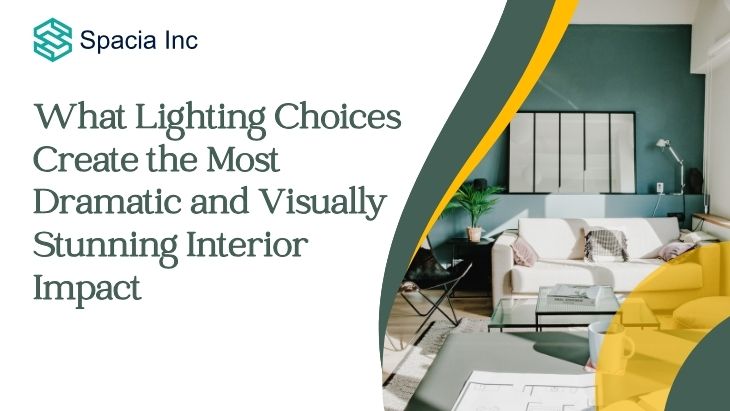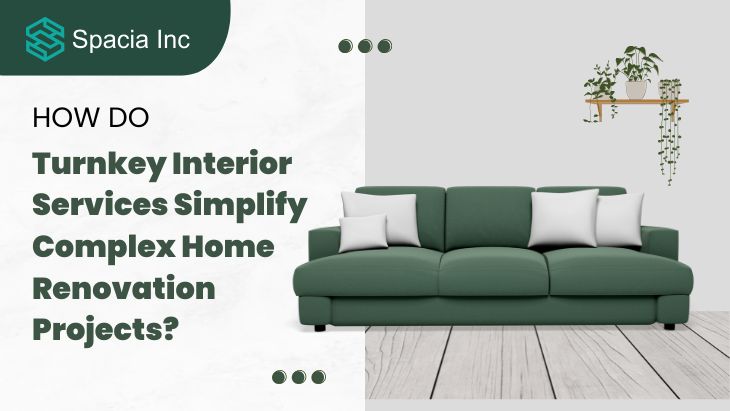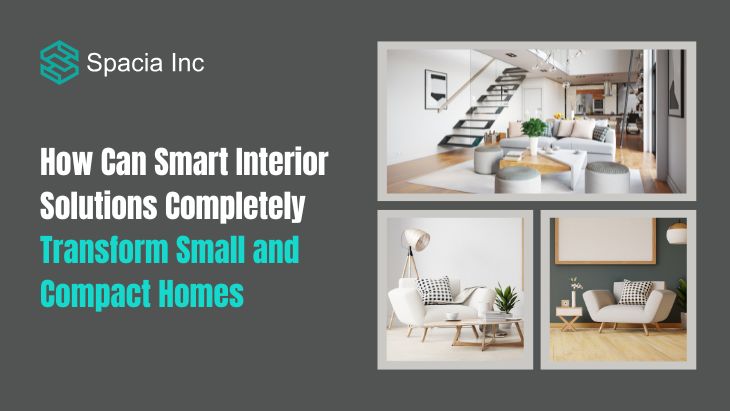Employee wellness is now a strategic priority in today's rapidly changing business environment, not just a passing fad. The physical workspace has a significant impact on engagement, productivity, and general mental health as businesses fight to draw and keep top talent. Interior Design & Turnkey Solutions The emergence of smart workspaces spaces that use artificial intelligence (AI) to instantly adjust to worker needs is one of the most exciting trends in this field. Businesses can turn static office spaces into dynamic, wellness-focused ecosystems by combining AI-driven planning with interior design and turnkey solutions.
The Transition to Workplaces Focused on Employees
Traditional office layouts frequently overlooked the diverse needs of their users in favour of control and conformity. But the emphasis has changed as hybrid work models and mental health awareness have grown. Employees today want flexibility, natural light, privacy , and the ability to work together when needed. AI-powered smart workspaces meet these demands by continuously learning from usage trends, employee behaviour, and environmental input. The space can change thanks to this data-driven strategy, which fosters a more responsive and healthy workplace.
AI's Contribution to Improving Workplace Wellbeing
AI is essential to maximising mental and physical well-being at work. AI makes sure that the indoor environment is in line with human comfort and productivity by controlling everything from temperature and air quality in real time to lighting based on circadian rhythms. Through the integration of wellness analytics, smart workplaces can even identify indicators of fatigue or burnout by analysing trends in movement, attendance, and interactions. This allows for proactive wellness interventions. AI allows businesses to create intelligent, health-promoting spaces in addition to beautifying them when combined with well-executed interior design and turnkey solutions.
Customised Work Areas for Various Requirements
Not every worker does well in the same setting. While some people prefer group settings for brainstorming, others might require quiet areas to focus. By providing modular zones that can change their functions in response to real-time demand, smart workspaces address this diversity. Artificial intelligence (AI) monitors how spaces are used, including who reserves meeting rooms, where people prefer to sit, and which areas are underutilised, and adjusts layouts accordingly. Businesses can provide curated, customised spaces that accommodate various working styles and lower stress levels by combining this data with turnkey solutions and interior design.
Biophilic Design and Natural Components
It has been demonstrated that incorporating natural elements into interior spaces, or biophilic design, improves mood, increases focus, and lowers stress. Smart workspace design advances this idea by utilising AI to manage plant care systems, automate window shading, and optimise natural light. AI sensors, by tracking daylight exposure and adjusting artificial lighting, can create a smooth transition throughout the day. By strategically placing greenery to improve airflow and aesthetics, interior design and turnkey solutions can bring the outdoors indoors to promote wellness and cognitive function.
Adjustments to the Environment in Real time
One frequent but often disregarded cause of stress at work is environmental discomfort. AI-powered systems are used in smart workspaces to instantly modify the surroundings according to user preferences or group comfort data. For instance, to lessen stress, lighting in low-traffic areas can be dimmed, or meeting rooms can automatically cool down when occupancy increases. When incorporated into interior design and turnkey solutions from the beginning, these seemingly minor adjustments have a significant impact on overall well-being.
Reducing Sedentary Behaviour and Promoting Movement
One of the main causes of contemporary workplace-related health problems is sedentary lifestyles. AI is used in smart workspace design to promote movement by encouraging staff members to take short walks, change positions, or use standing desks or other seating options. Additionally, AI-based scheduling systems can notify users to take breaks during prolonged screen time or switch up meeting locations to promote walking between different zones. Employees work in an environment that keeps them both physically and mentally active when these behavioural insights are incorporated into the spatial layout with clever interior designs and turnkey solutions.
Sound Design and Concentration
Another significant element influencing workplace wellness is noise pollution. Unwanted noise disruptions can make it harder to focus and make you feel more anxious. AI-assisted sound mapping makes it possible to apply dynamic acoustic solutions and assists in identifying noisy areas. These could be adaptive sound masking, white noise systems, or acoustic zoning with carefully chosen materials that strategically reflect or absorb sound. Acoustic wellness is not only a practical advantage but also a component of a beautifully integrated space when paired with turnkey solutions and careful interior design.
Feedback Driven by Data for Ongoing Improvement
Feedback loops are essential to smart workspaces. AI creates actionable insights by continuously gathering data on how workers interact with their surroundings, such as how frequently they use particular areas, when they feel most productive, or where they collaborate most effectively. This enables management to implement ongoing improvements that put wellness first, such as new furniture, altered layouts, or even changes to health-related policies. By collaborating with specialists in turnkey solutions and interior design, businesses can quickly modify their physical space to meet changing workforce demands.
Conclusion
AI-driven smart workspaces are a comprehensive strategy for promoting employee well-being rather than just a technical advancement. Spacia Inc These areas anticipate and react to human needs in real time, from maximising light and sound to encouraging mobility and customisation. Complete interior design and turnkey solutions transform the workplace into a living, breathing space that improves mental, emotional, and physical health. As the nature of work continues to change, companies that make smart, wellness-focused space investments now will benefit from increased employee retention, increased productivity, and a happier, healthier workforce in the future.





Leave a reply